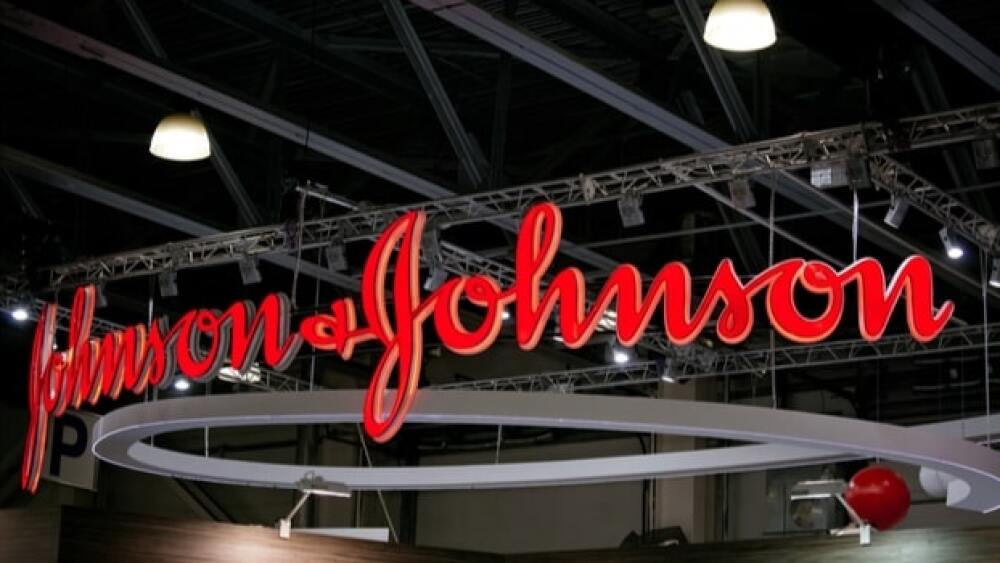Court documents outline J&J’s involvement in a dermatology experiment 50 years ago on incarcerated individuals, most of whom were African American.
Alexander Tolstykh/Shutterstock
Johnson & Johnson continues to take a public bruising over its talc products, even as the life sciences giant spun off a separate business to absorb liabilities associated with thousands of lawsuits related to talc and the development of cancer. The latest drubbing comes after the unsealing of court documents that revealed the company’s involvement in a dermatology experiment 50 years ago on incarcerated individuals, most of whom were African American.
This week, Bloomberg revealed the company’s participation in the study conducted by a University of Pennsylvania dermatologist who assessed the safety of talc in comparison to asbestos. The experiment, which took place more than 50 years ago, involved the injection of asbestos into inmates. The documents show that Johnson & Johnson, along with Dow, worked with UPenn dermatologist Albert Kligman on the experiment.
In the 1960s and 70s, Kligman and his team injected asbestos, a known carcinogen, and talc into the backs of prisoners who were compensated for their participation. Kligman was also known for conducting tests on inmates to assess data on high doses of dioxin, a chemical warfare agent. Johnson & Johnson’s involvement was revealed following the release of court documents, Bloomberg reported. In its natural form, some talc contains asbestos. When it is inhaled, asbestos can cause cancer.
In response to the public revelation from the Bloomberg article, Johnson & Johnson expressed regret but noted that the tests did not violate the research standards of the day.
“We deeply regret the conditions under which these studies were conducted, and in no way do they reflect the values or practices we employ today,” Kim Montagnino, a J&J spokeswoman said in an emailed statement to Bloomberg. “As the world’s largest healthcare company, our transparent, diligent approach to bioethics is at the heart of all we promise our customers and society.
In 2018, Reuters published a devastating report that showed the life sciences giant knew its talc products could contain carcinogenic asbestos. Despite that knowledge, Johnson & Johnson sought to prevent that information from becoming known to regulators and the public, the report indicated.
J&J faces more than 30,000 different lawsuits related to its talc products and the revelation comes months after it spun its talc business off into LTL Management LLC, which declared bankruptcy following its launch. The filing of Chapter 11 was intended to resolve claims related to the talk lawsuits in what Johnson & Johnson said is a manner that is equitable to all parties, including any current and future claimants.
When it was launched, LTL Management had been fully funded to amounts determined by the U.S. Bankruptcy Court, J&J said at the time. Additionally, the life sciences giant established a trust with more than $2 billion to cover additional expenses. LTL was also allocated royalty streams from undisclosed assets to provide another $250 million, J&J said.
J&J has already been battered with multiple verdicts, including one case that awarded $750 million in punitive damages to four people who alleged the talc led to their own cancer diagnoses in 2020. Other verdicts against the company include an award of more than $21 million to a patient after it was noted that asbestos found in talc was linked to her development of mesothelioma.
Another jury awarded almost $4.7 billion in damages to 22 women and their families. In that case, it was determined that J&J’s talc products contributed to the development of ovarian cancer. Six of those plaintiffs died from the disease. Many of those verdicts have been overturned on appeal, including the $4.7 billion verdict.





